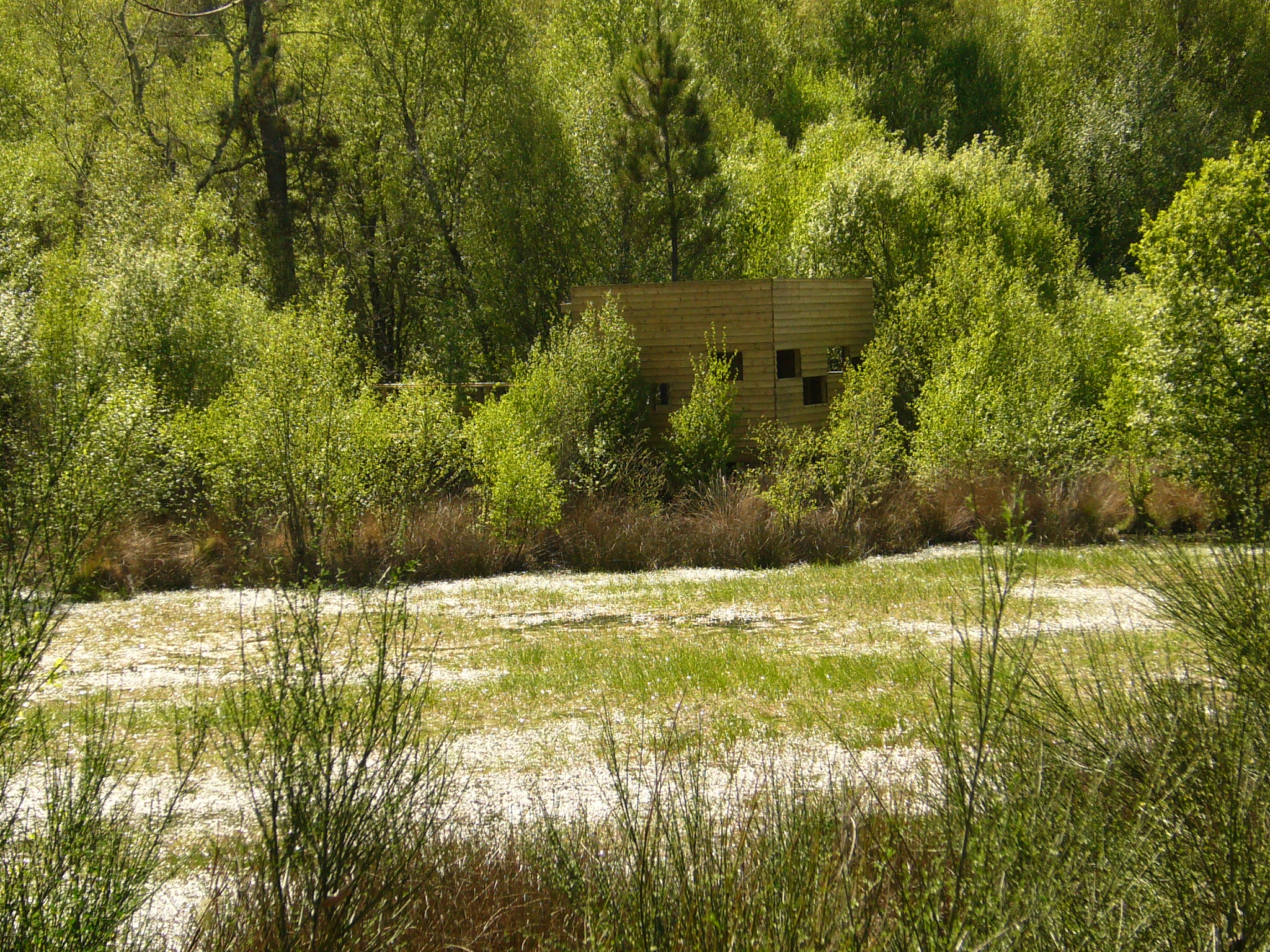Brejo Mines, Bobadela
Brejo is another open pit mine regarding the Roman Era Mining Complex in the upper valley of the Terva River. This exploration, disposed close to theBrejo stream, is distributed over an area of approximately 12 hectares, just outside the village of Bobadela. At the core of this mine, numerous trenches and open pit cuts are still visible. The auriferous deposits occur in primary context, as all the mineral deposits identified at the PAVT, where the gold occurs in quartz veins that permeate the granitic substrate. The open pit mining was conducted, preferably in SW-NE, S-N and E-W directions, which becomes visible in the disposal of the remainingpits and trenches. Gallery remains are fairly rare. Outside of the mining area, but in its direct area of influence to the West lies the BrejoHillfort or "Castro", as it´s locally known. Perched on top of a spur, dominating the entire space between Nogueira and Bobadela and overlooking the mining area, this archaeological site may correspond to a fortified mining settlement, with a single delimited surrounding wall, which spans less than 1 hectare, already very ruined. Through the collectedarchaeological evidence, this Castro is believed to have hada large chronological occupation, somewhere between the Bronze Age and the Roman Era. Due to the abandonment of mining, somewhere in 4th century,a pond has formed. The environmental recovery of this mining area can be considered as a case study, since it currently represents one of the most valuable ecological resources of the PAVT. The Terva Valley is located between the Mediterranean and the Euro-Siberian climate regions. As a result of its own geographic circumstance, the Brejo Pond,a human resulting lake, acquiredphyto-climatic characteristics that gave it a high degree of floristic and faunistic biodiversity. The recognition of this ecological value justified the implementation an observatories of fauna and flora of the PAVT. The Brejo Mines integrate the classified defined by the Portuguese Government as Public Interest Site, promulgated by ministerial order No. 386/2013 (DR, 2nd Series, no. 115 of June 18, 2013), due to its uniqueness and as a fundamental part of the Ancient Mining Complex of the upper Valley of the Terva river, in Boticas.
CHARACTERISTICS
City: Bobadela
Postal Code: 5460 - 210
Telephone: 276410200
Email: pavt@cm-boticas.pt
Website: http://www.cm-boticas.pt
Specific Conditions:
-
Method:
A pé
Difficulty Level:
Baixa
Group Visits:
Yes
Minimum Number of Person per group:
2
Maximum Number of Person per group:
60
Observations:
-
Guided Tours:
Yes
Observations:
You must be requested previously
http://www.min-saude.pt/portal/servicos/prestadoresV2/?providerid=313
Where to Stay
http://www.cm-boticas.pt
Where to Eat
http://www.cm-boticas.pt
Táxi
Agency Name:
Luis Alexandre Pereira Lopes
Telephone Number:
963042345
Parking for private vehicles:
No
The Roman Route of Gold in the North of Portugal is a proposal for a mining and geological tourism route dedicated to the exploration of the mineral resources of gold in the North of Portugal, a region that in Roman times constituted one of the main areas of gold mining of the Roman Empire.
Recently requalified, the Tresminas Interpretive Centre is an added value to understanding the dynamics of the Tresminas Roman Mining Complex. It has two buildings, geared to the interpretation of historical and archaeological heritage and ...
Considered to be one of the largest mining exploitation sites of the Roman world, mining at Tresminas began during the reign of Augusto (27 BCE - 14CE), and lasted through the time of the Seventh Severo. The activity was conducted through t ...
The Municipal Museum provides a tour of the County history, captured in five distinct historical environments, from prehistoric times to the twentieth century. The room dedicated to "Roman Gold" displays materials from the Tresminas and Jal ...


